We all have goals we want to achieve, but often, the biggest hurdles aren't external—they're the internal emotions and obstacles that get in our way. According to neuroscientist and psychologist Dr. Ethan Kross, PhDPhD, there's a simple, science-backed tool that highly successful people use to regulate their emotions and push through challenges.
The four-step method is called WOOP, inspired by the work of psychologist Gabriele Oettingen. Dr. Kross, who has studied emotional regulation for over 25 years, breaks it down into a simple exercise:
- W = Wish (Write down a wish that is important to you—challenging but feasible.)
- O = Outcome (How will it feel when you accomplish this?)
- O = Obstacle (What is the personal obstacle standing in your way?)
- P = Plan (What specific action will you take when you face that obstacle?)

The framework is designed to move beyond simple positive thinking by forcing you to confront reality. "The 'mental contrasting' piece (WOO: wish, outcome, obstacle) helps energize people around their goals and specify the obstacles in the way," Dr. Kross explained to CNBC. "The 'implementation intentions' piece (P: plan) fuses each obstacle (the 'if') to a specific action (the 'then') and makes the entire enterprise of regulating our feelings more effortless."

To illustrate its power, Dr. Kross shared the story of a man reeling from the sudden and tragic loss of his younger brother. While he was getting professional help, he felt his intense grief was damaging his relationship with his children. He used the WOOP tool to reframe his response:
- Wish: "To be able to hang out with my kids and enjoy my life, even during this era of intense grief."
- Outcome: "When my kids are grown up, they’ll still look back on this time and remember a lot of joy."
- Obstacle: "When the grief hits, I can’t see my way out of it. I completely lose perspective."
- Plan: "If I’m with the kids and I start to feel it, then I’m going to stop and focus on the future. I’m going to take 10 seconds and imagine them as grown-ups, and me looking back on the whole sweep of my life. I’m going to remind myself that in the grand scheme of things this is just one short season."
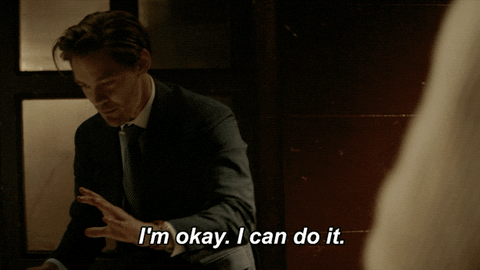
By creating a pre-planned, automatic response to the trigger of grief, the man could shift his perspective in the moment. As Dr. Kross says, "The goal is to be able to shift your emotions easily and effortlessly — almost habitually, the way you buckle your seat belt without even thinking about it when you get in the car."
This article originally appeared earlier this year. It has been updated.











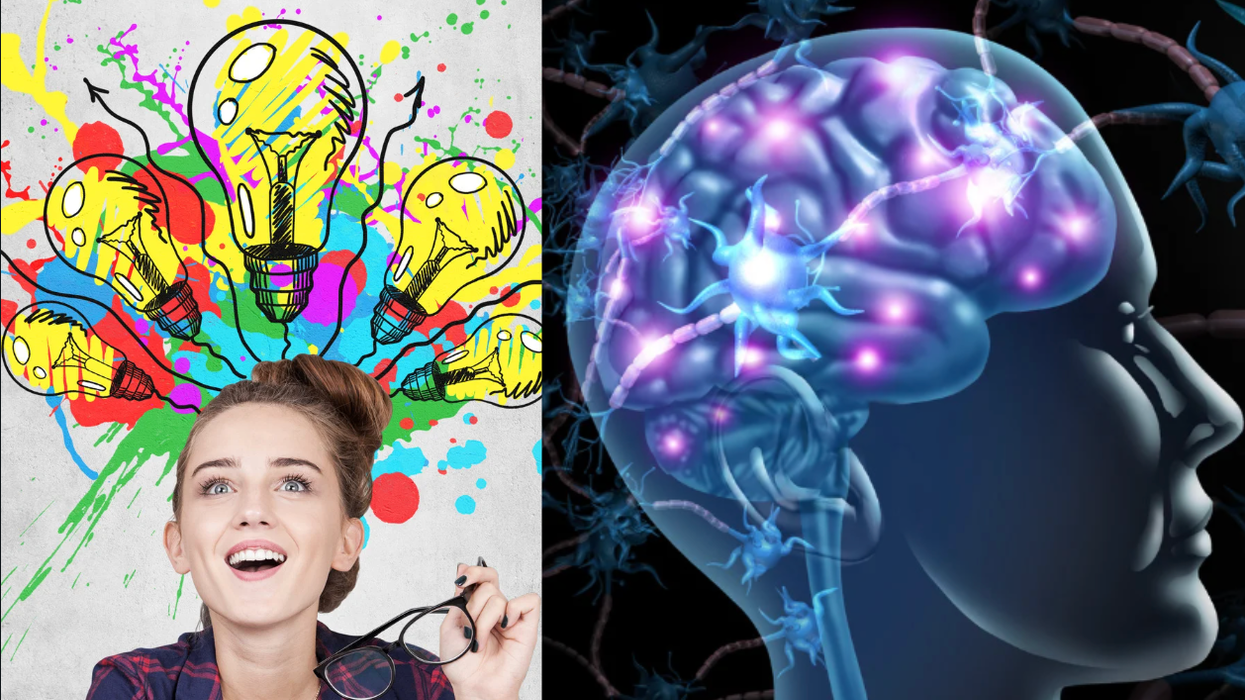
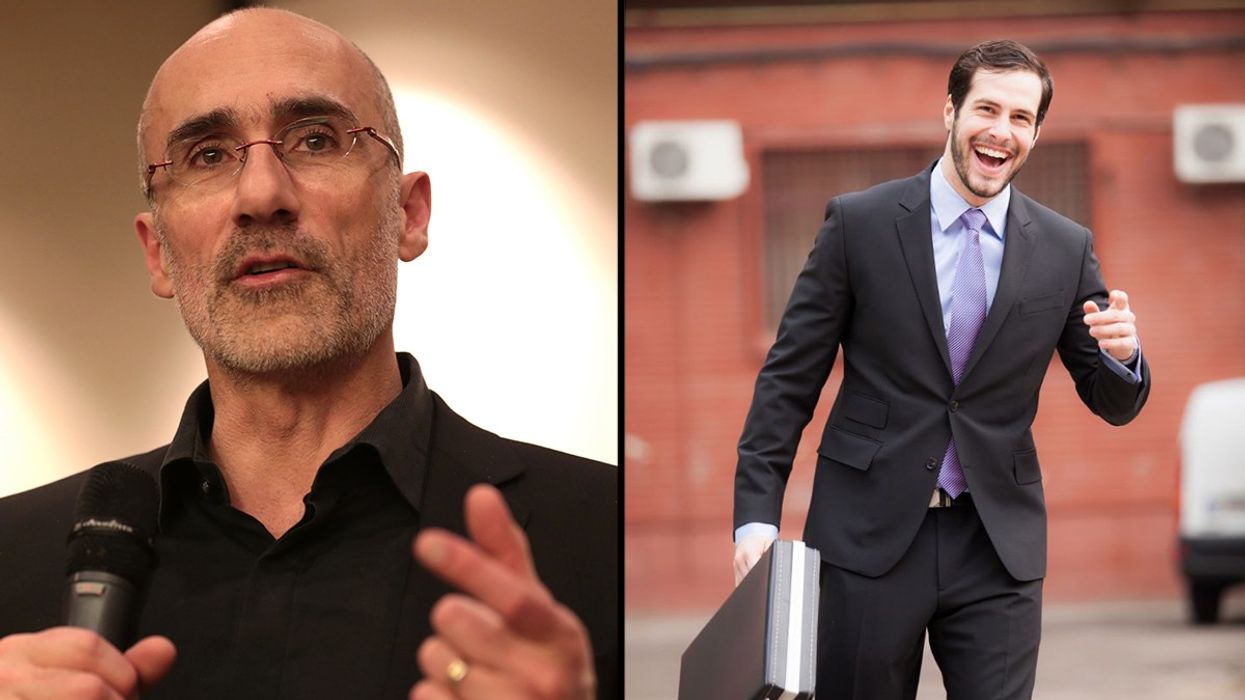


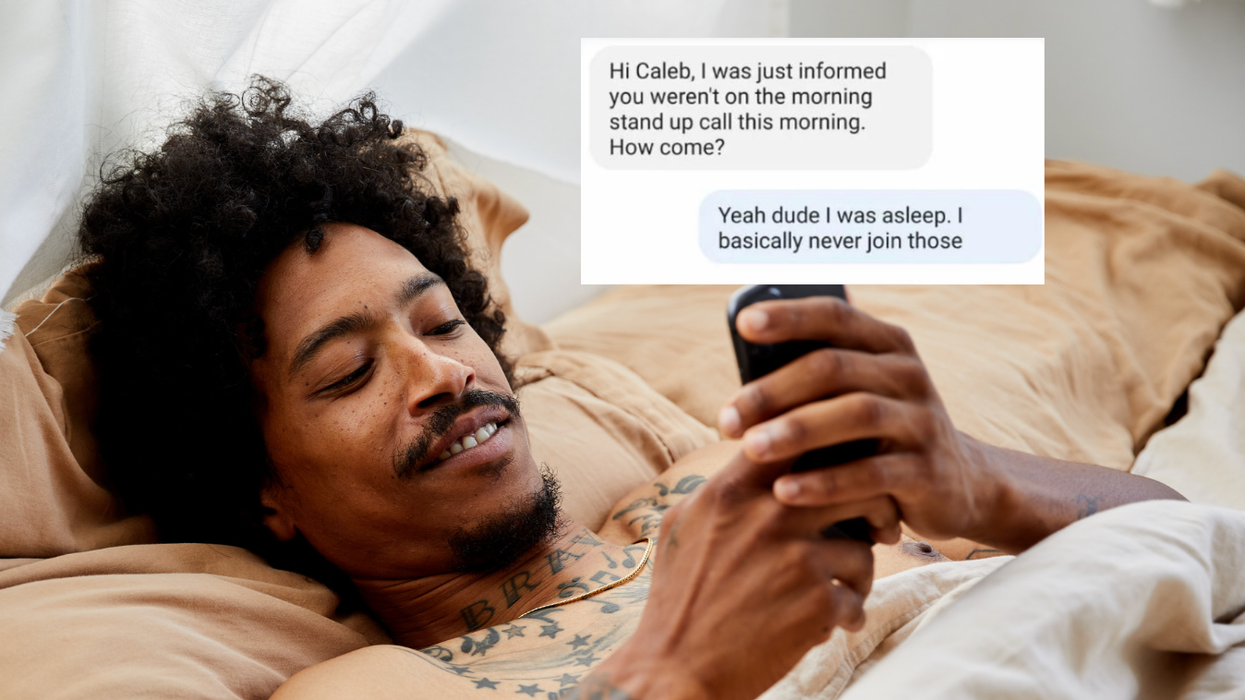
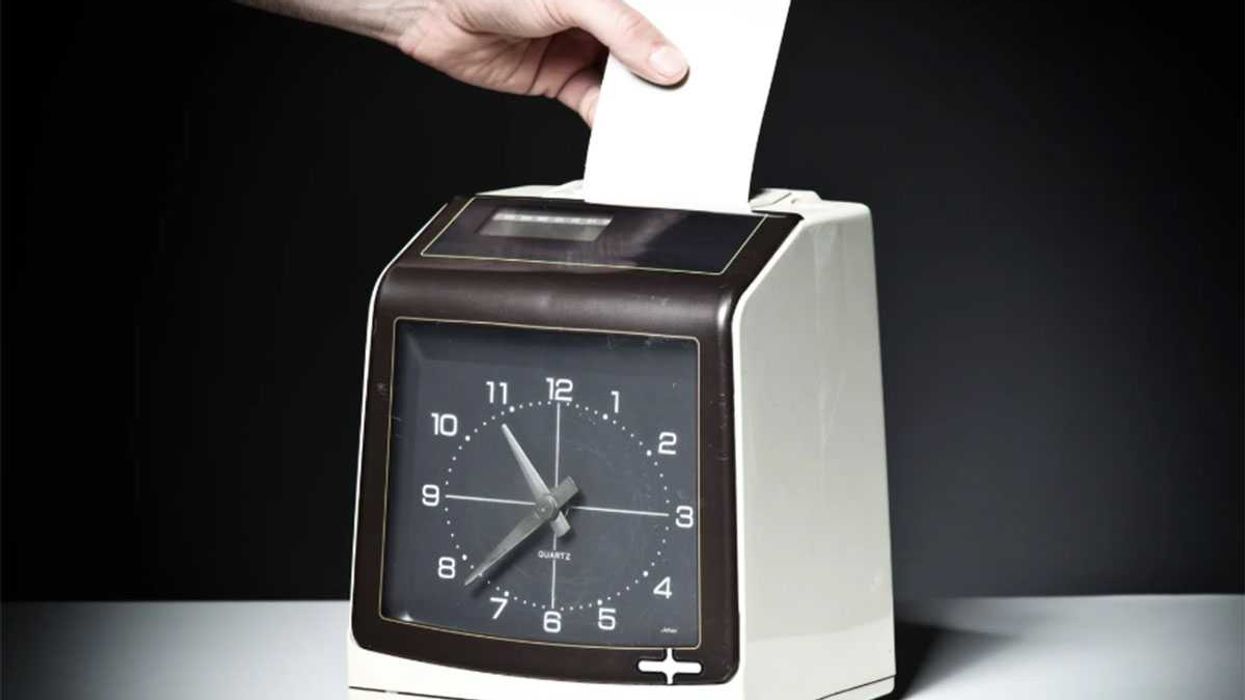
 "I'm watching you..."
"I'm watching you..."  Reddit |
Reddit | 
 A woman conducts a online color testCanva
A woman conducts a online color testCanva A selection of color swatchesCanva
A selection of color swatchesCanva A young boy takes a color examCanva
A young boy takes a color examCanva 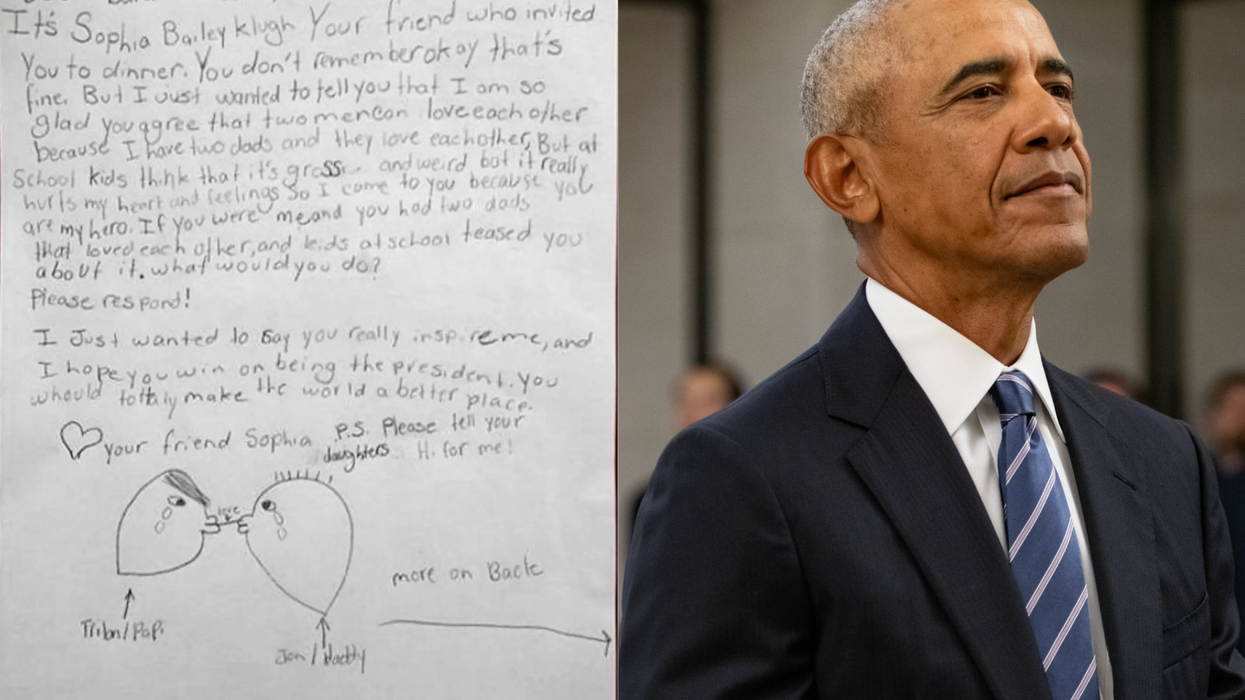
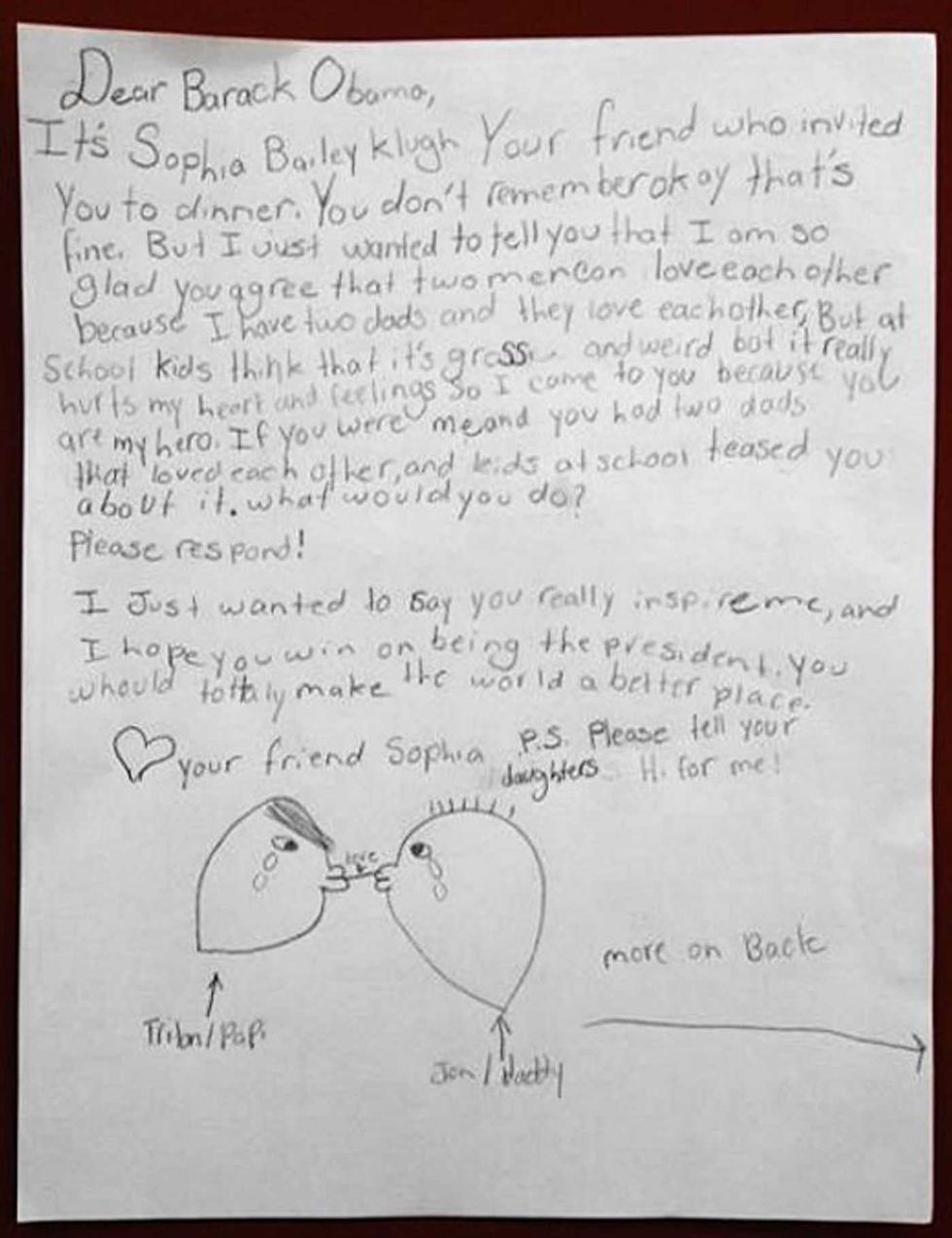 Copy of Sophia's letter to President Obama
Copy of Sophia's letter to President Obama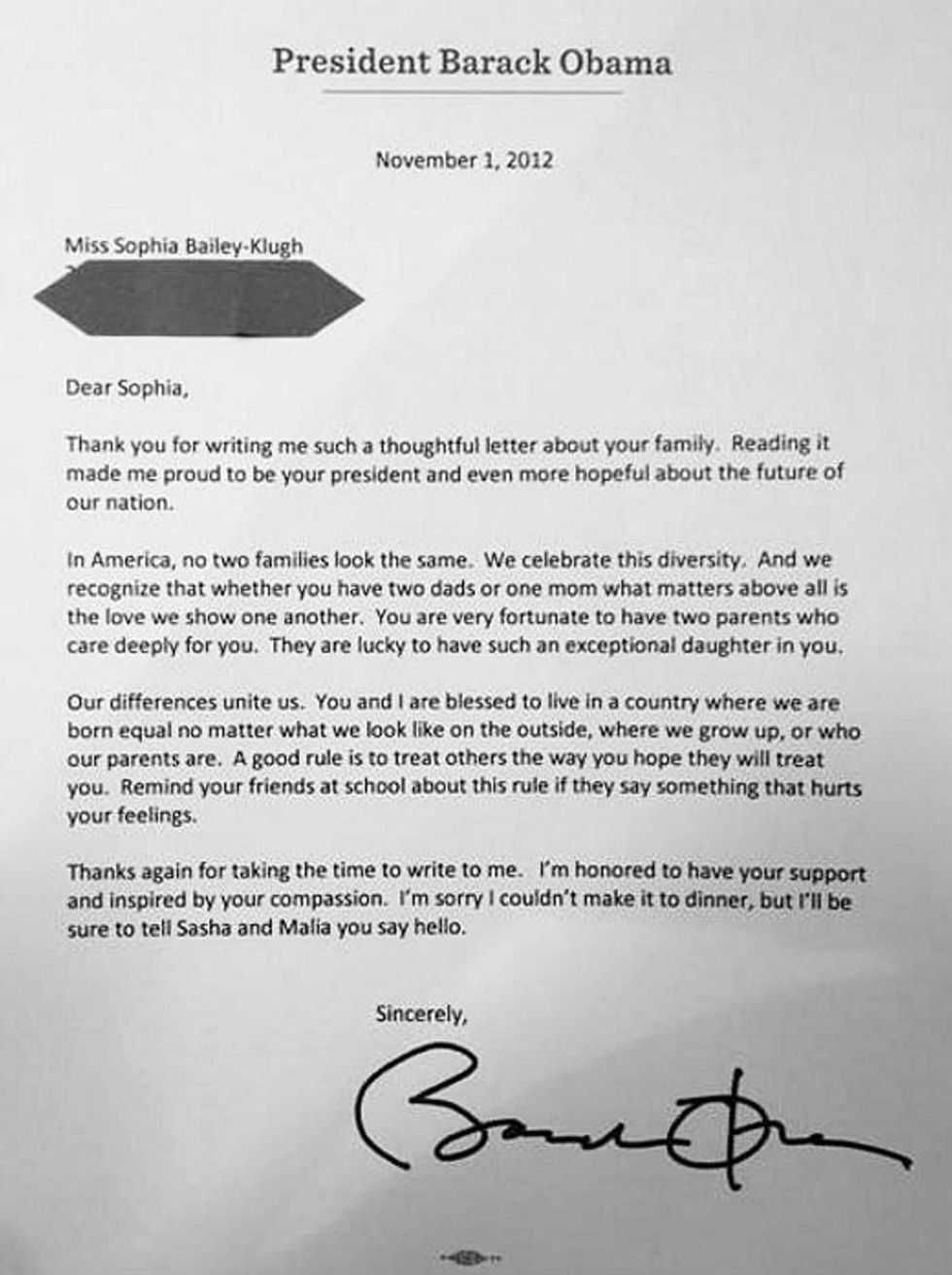 Barack Obama's letter to Sophia
Barack Obama's letter to Sophia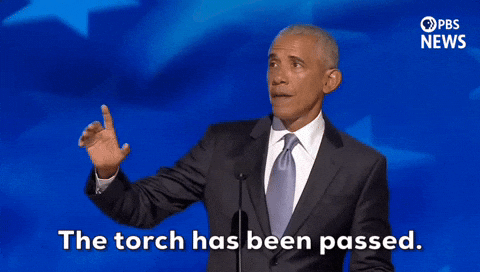 Gif of Obama saying "The torch has been passed" via
Gif of Obama saying "The torch has been passed" via 
 A mom is very angry with her sonCanva
A mom is very angry with her sonCanva Gif of two women high-fiving via
Gif of two women high-fiving via 
 Representative Image: Accents reveal heritage and history.
Representative Image: Accents reveal heritage and history.  Representative Image: Even unseen you can learn a lot from an accent.
Representative Image: Even unseen you can learn a lot from an accent. 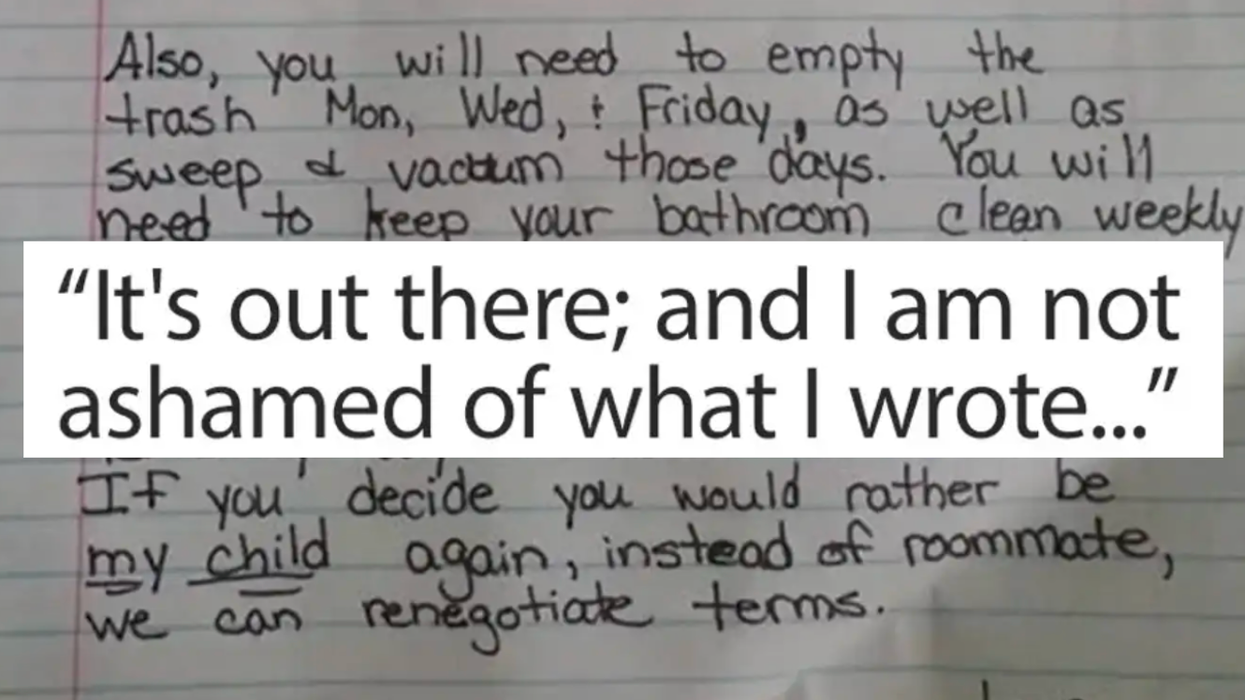
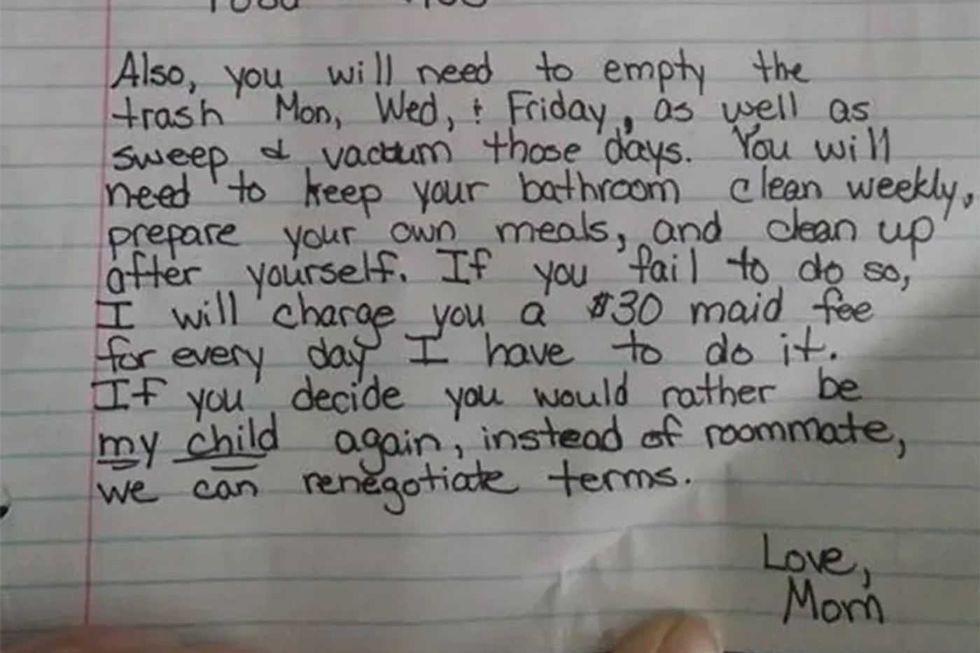 Photo of a handwritten letter from Heidi Johnson's Facebook page
Photo of a handwritten letter from Heidi Johnson's Facebook page Gif of someone repeating "shame" via
Gif of someone repeating "shame" via 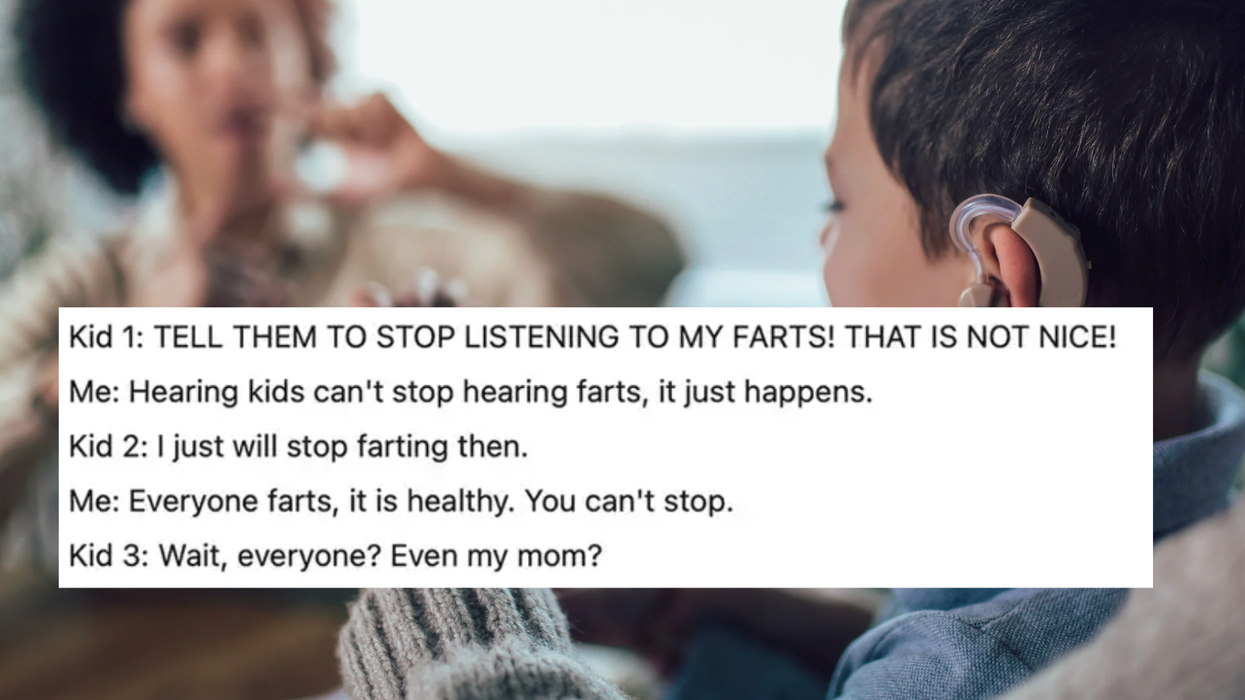
 A young girl learning sign languageCanva
A young girl learning sign languageCanva